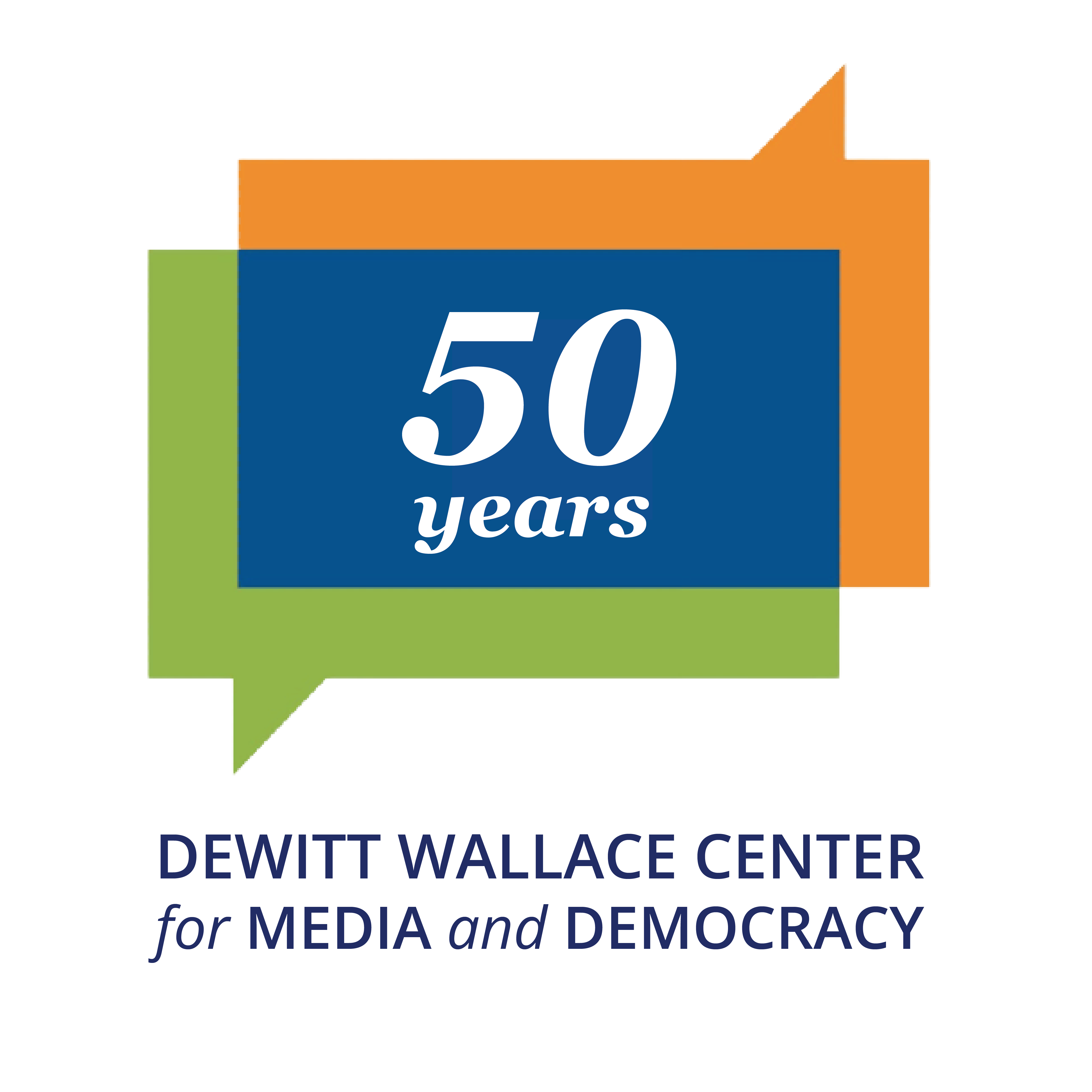Bill Green, a former Duke University administrator who died recently, left a long legacy at Duke and in the DeWitt Wallace Center for Media and Democracy. Green, who worked as vice president of university relations from 1970 to 1986, died in Durham on March 28 at the age of 91.
Shortly after Green became the spokesperson for Duke in 1970, he worked with James David Barber, a political science professor, to start the Duke Center for the Study of Communications, which later became the DeWitt Wallace Center for Media & Democracy. Over the next several years, the Center through its Media Fellows Program recruited journalists and editors to spend time learning and lecturing at Duke. Newspapers and television networks would send staff to Duke on month-long “mini-sabbaticals,” with reporters coming from Time magazine, the New York Times, the Washington Post and TV networks from around the world.
“The journalists were the practitioner side of all the programs that Bill and Dave started,” said Joel Fleishman, a professor of public policy who built the Center’s endowment base. “Bill was more instrumental than anyone in getting this set up.”
Green continued to increase Duke’s reach in the journalism world. Green created a new award for journalism coverage of higher education at the North Carolina Press Association, an award Duke has presented every year since its inception. John Burness, former vice president of public affairs and government relations and current visiting professor of the practice in Sanford, said he had the honor of announcing that the award was being named the “Green-Rossier Award,” much to Green’s surprise.
Green retired from his position as vice president of university relations in 1986 (he had also taken a sabbatical in 1981 to serve as ombudsman for the Washington Post, where he wrote the famous report on the fabrication by Post reporter Janet Cooke). Following his retirement, Green began to teach a course in the Center he had helped to start.
Not only did Green increase Duke’s presence on the journalism stage, but he was also regarded as a “legendary teacher” who cared deeply about undergraduates, according to Burness. Green viewed himself as a person who could help young people see their own potential.
Green’s courses often focused on simple editing and reporting, but Fleishman said that Green often tried to help students see beyond the contents of a story.
“He was obsessive about word choice, grammar and choosing exactly the right word to communicate what you want to say,” Fleishman says. “His course concentrated on trying to communicate to prospective journalists the difference between good and bad writing.”
In addition to helping start the DeWitt Wallace Center, Green also played a role in increasing Duke’s national standing, said Fleishman.
“Bill succeeded in putting Duke on the map,” said Fleishman. “He was here during Terry Sanford’s first years, and he really did guide that strategy for getting all kinds of press coverage at Duke. The difference between Duke before Sanford and Duke after Sanford is just astonishing in terms of the degree to which Duke was in the news.”
Green’s strong character continued to influence the University’s public affairs approach after he retired from the vice president position, which involved finding his successor. Burness credits Green as an instrumental reason Burness took the job at Duke and says he often sought Green’s advice when faced with complex public affairs issues during his tenure.
“He had great wit, was a really funny guy and could laugh at himself in circumstances that others would get all flustered in,” Burness said. Burness noted that Green was both wise and savvy and had great political instincts, high integrity and strong values.
“Green shaped the DeWitt Wallace Center and its legacy, leaving a profound impact on all of the lives he touched at Duke. Green would be proud of the growth that has continued in the DeWitt Wallace Center to this day,” Fleishman said.
“It is as much as he envisioned it,” Fleishman said. “It’s evolved all along and continues to evolve, but the fact of the matter is that he was very much one of the fathers of the center.”
